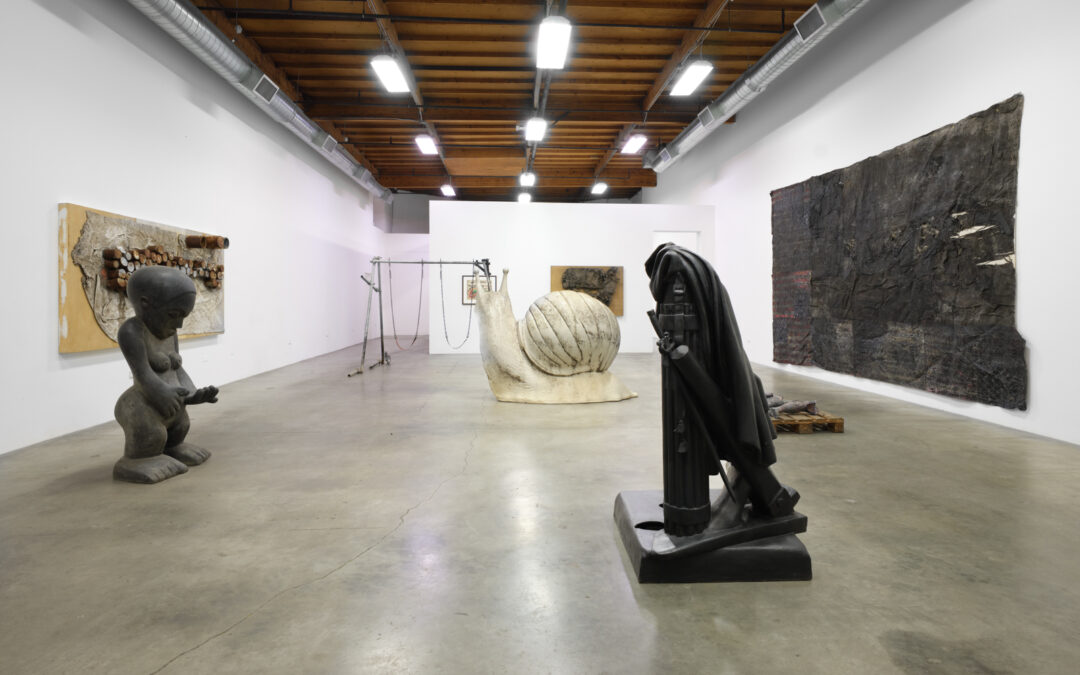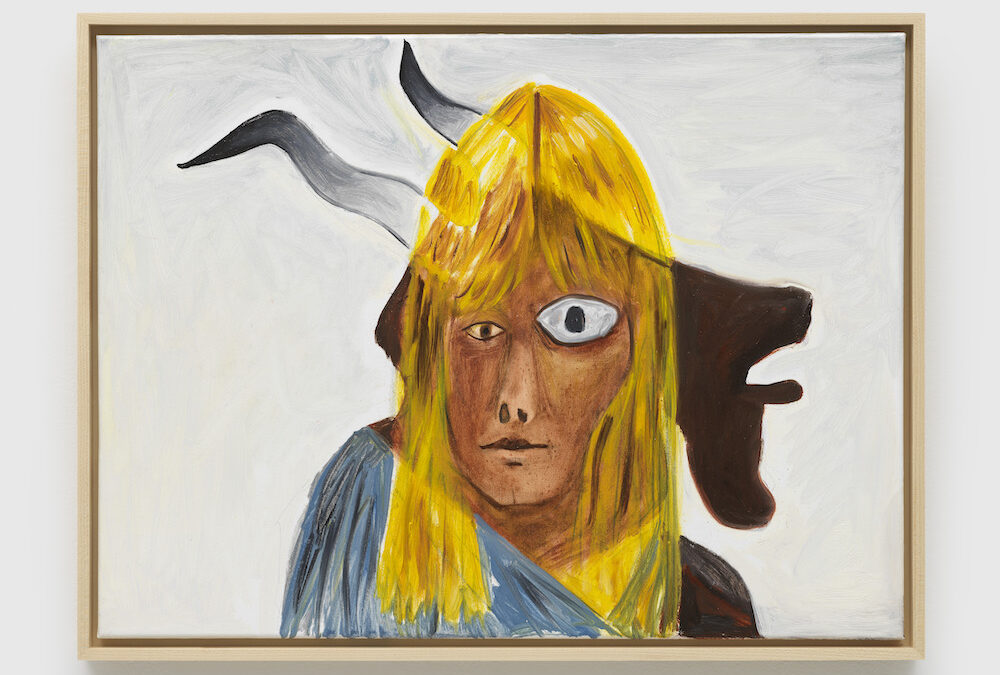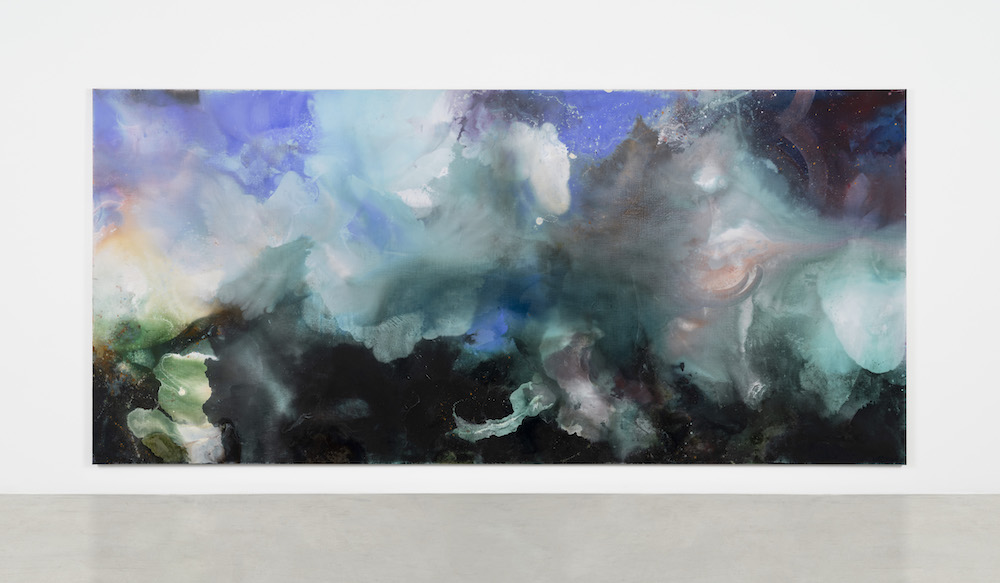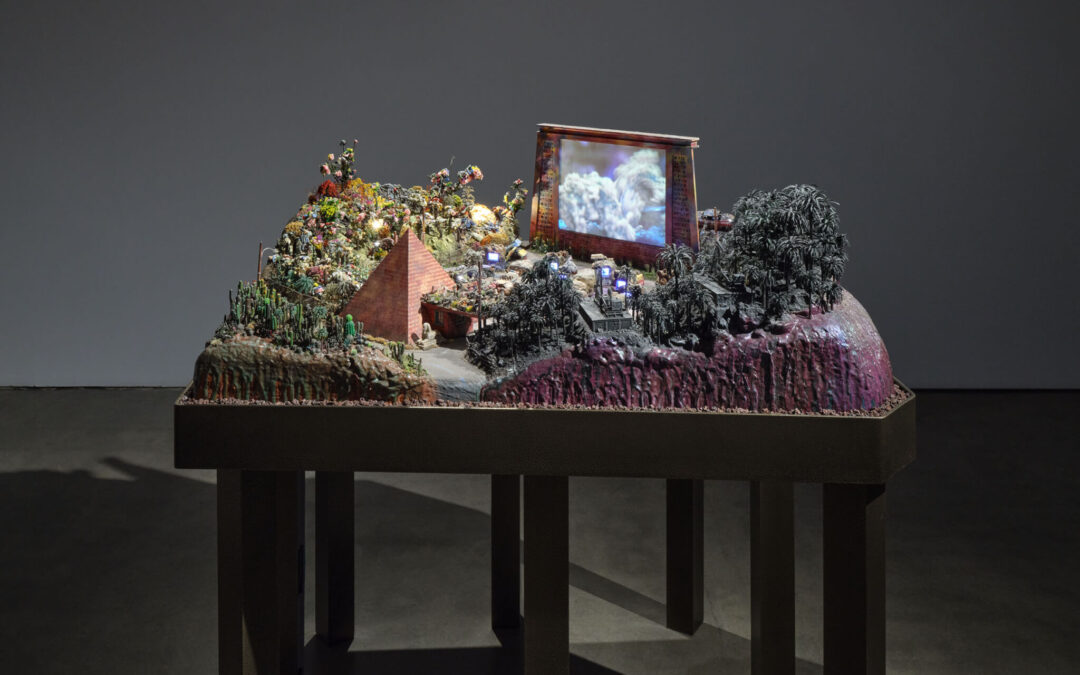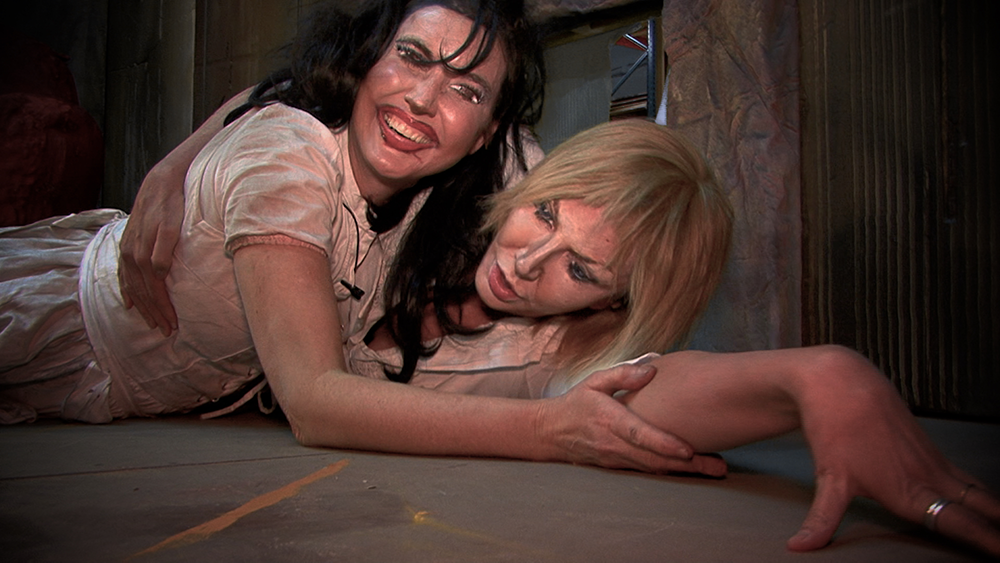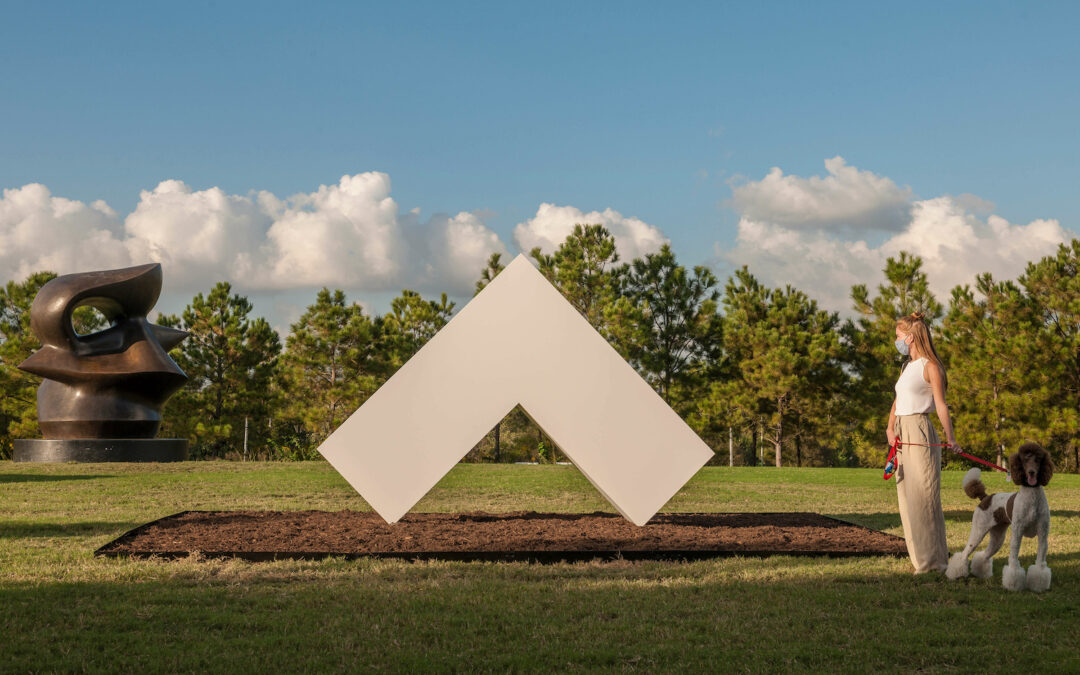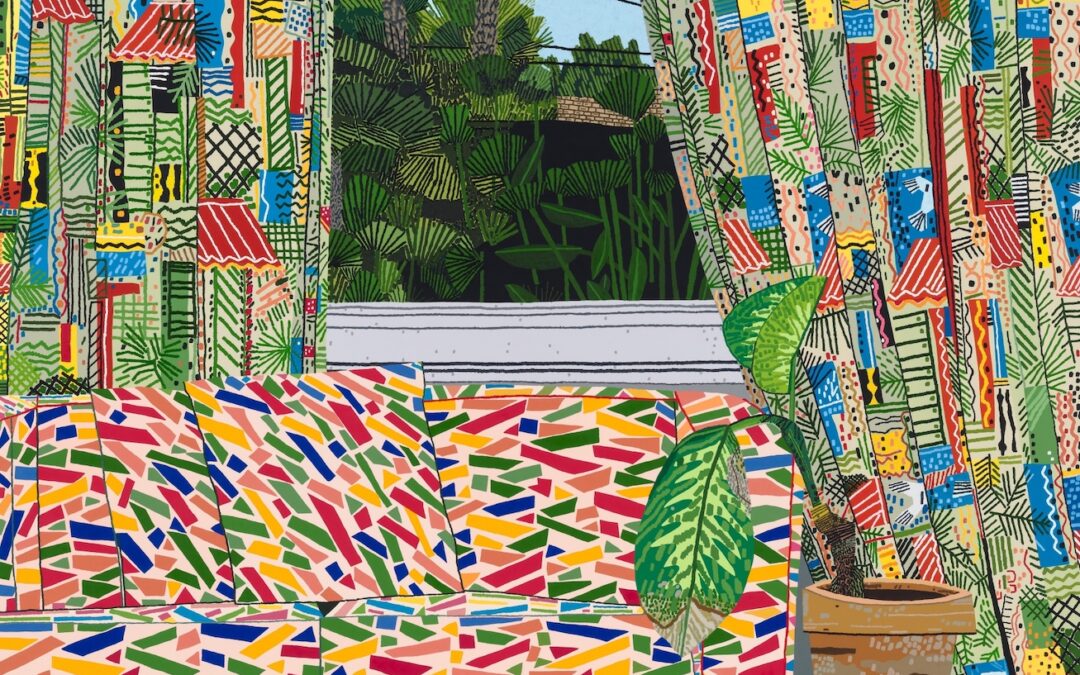If you’re reading this, it’s too late. Summer came and went. Pool parties in the Valley? Over. Midnight drives on Mulholland? Gone. We don’t care that you went to Sicily, that your credit score’s crippled because of it, or that you haven’t k-holed at Marcelino’s since...
